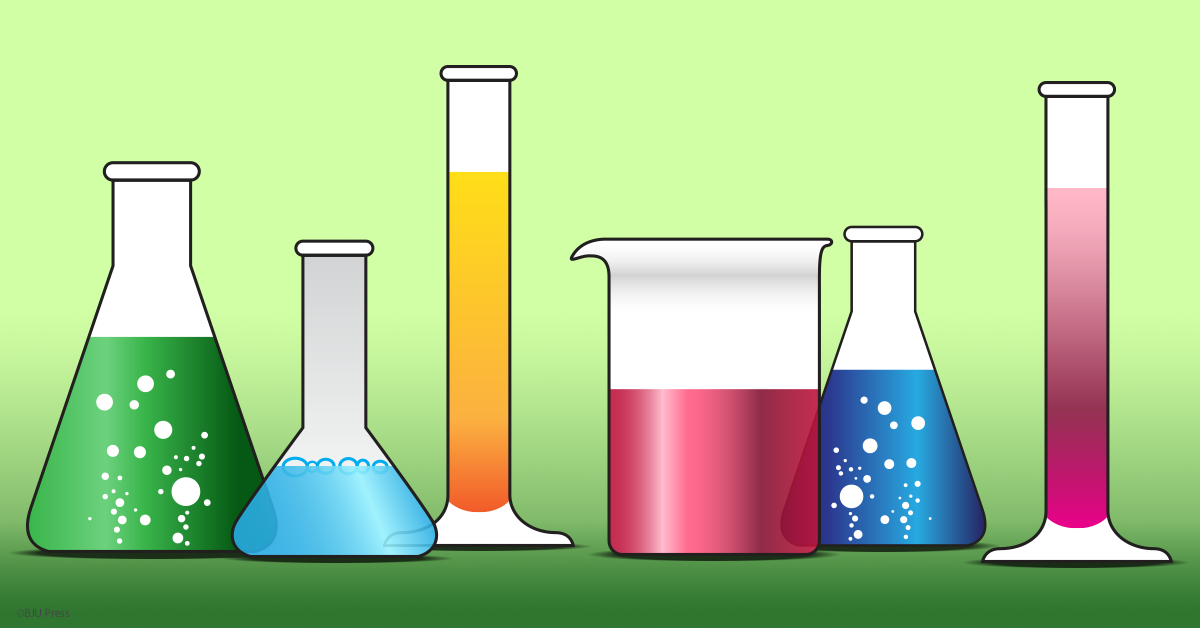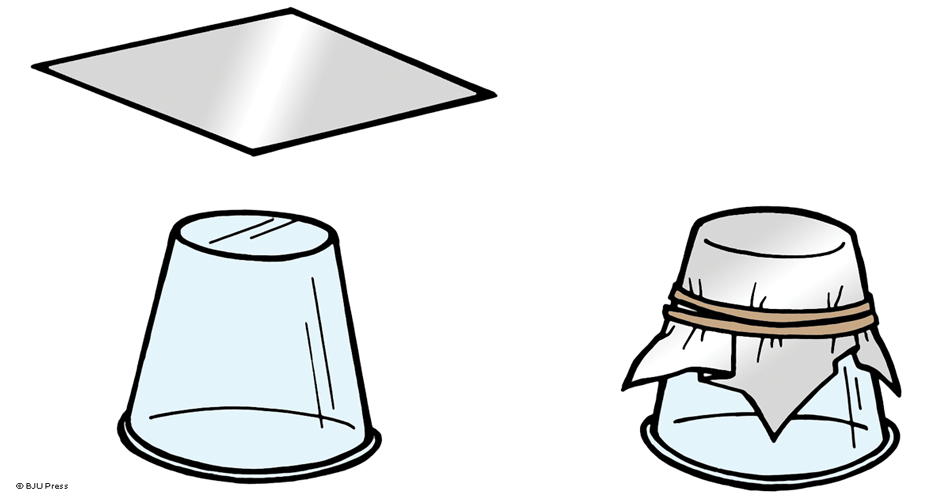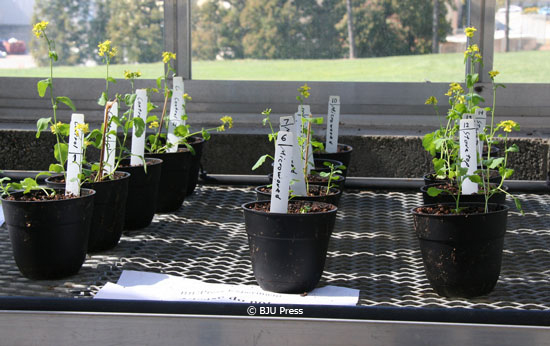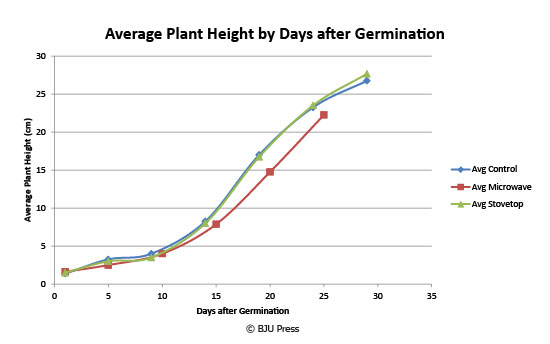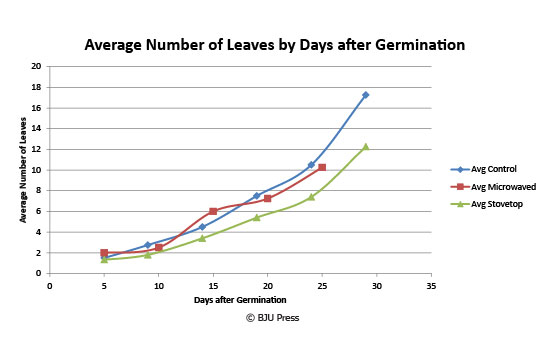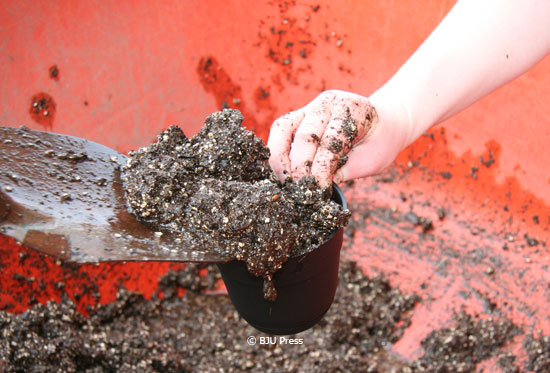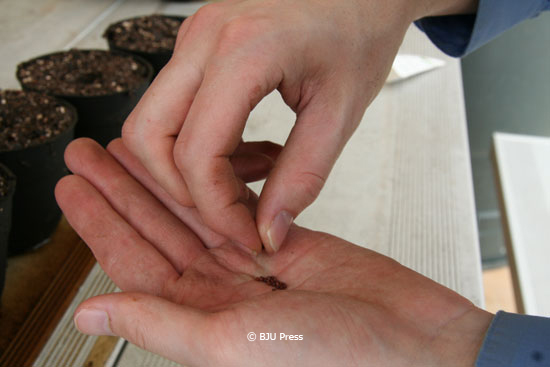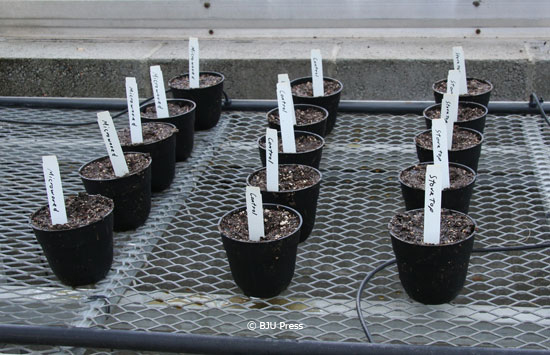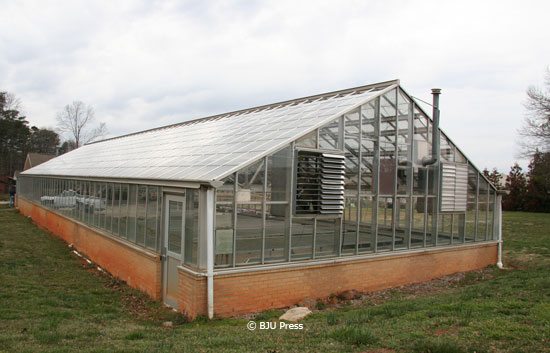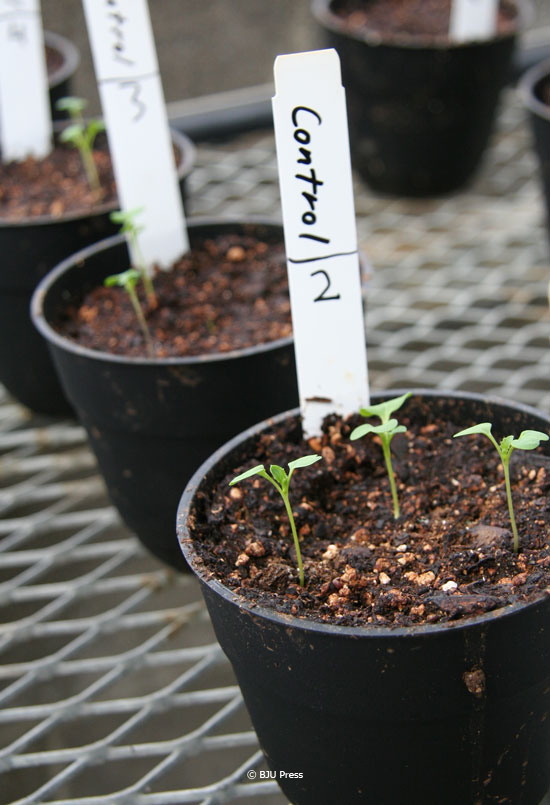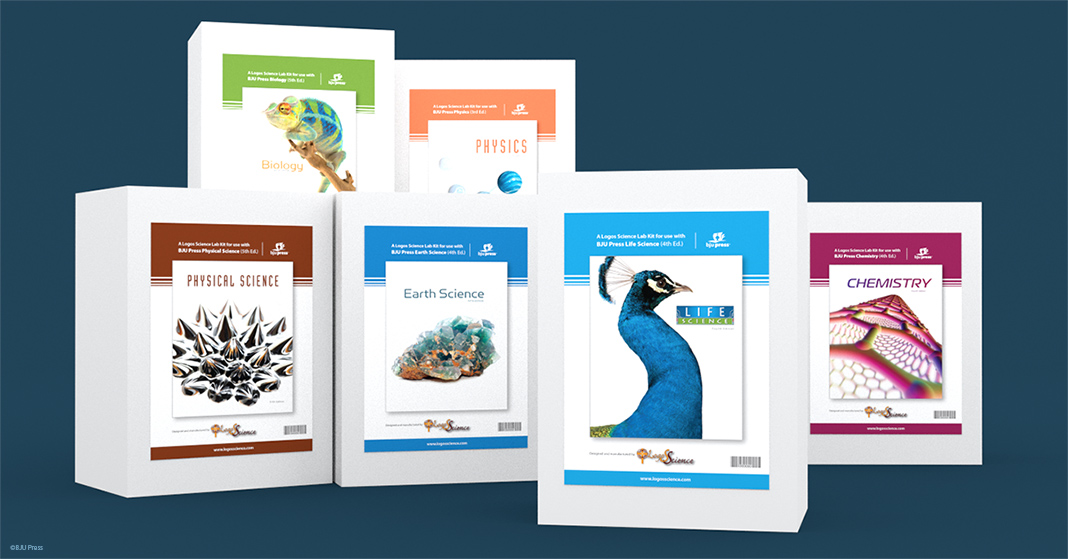
Have you discovered the Logos Science Kits yet? These kits were designed specifically for BJU Press secondary-level science courses, and they’re packed with tools, supplies, equipment, and clear instructions to help young homeschool scientists succeed!
Mr. Bill Harmon, a Distance Learning teacher, uses the Logos Science kits during his instruction sessions. As a chemist and a teacher of junior and senior high science and math courses, he appreciates the ingenuity of the Logos Science labs. The instructions are well-written, and the authors came up with creative ways to accomplish the labs in a homeschool setting.
Step-by-Step Guidance
In using the labs for chemistry, Mr. Harmon adopted a “cooking show” style of presentation, revealing each step of the procedure and showing students a sample of the results they should see. “I leave the conclusion questions up to the student,” he explains. “That part is theirs to complete, along with noting any temperature variations of the experiment.”
For almost every lab, students can do all the setup and experimentation on their own, without an extra pair of hands. Thanks to the ten- to twelve-minute videos, students have a guide to help them succeed as they manipulate the materials and use the equipment.
Location, Location
Mr. Harmon recommends storing the materials and supplies for the labs in a dry, climate-controlled space so they will not degrade due to heat or cold. When homeschool students perform the lab, he suggests a location like the kitchen or perhaps a bathroom with ample counter space.
Correlation Between the Student Lab Manual and the Kit
According to Mr. Harmon, the student lab manual and the Logos Science Kits work well together. “The kit functions as an addendum to the student lab manual,” he says. “There are about three dozen labs included in each of the Logos kits. I use about thirty of them for the Distance Learning Chemistry course.”
Once in a while, the experiments suggested in the student lab manual and those included in the Logos Science Kit are different. For example, the lab in the student lab manual might be a specific experiment on titration, whereas the Logos kit may have a different experiment on titration. “They’re both teaching the same concept, though,” Mr. Harmon explains. “The kit often does labs on a micro scale. This benefits the homeschool student and prepares him or her for college science labs.”
Amazing Experiments
What’s Mr. Harmon’s favorite lab? While all of them are fascinating, he enjoys the titration lab the most. “When the material goes from clear to pink then disappears, it’s because the atoms that we can’t see are changing color based on their chemical structure,” he says. “It’s cool!”
Contents of the Kit
Logos Science Kits are available for purchase separately from the other secondary science course materials. When you order your kit, check out the PDF link under the product description to find a list of all the equipment and supplies included . For example, the kit for chemistry makes your life much easier by including science supplies such as pH paper, O2 test tablets, test tubes, a molecular model kit, and dozens of other items and materials.
Each Logos Science Kit has enough materials for four students, which works well for homeschool co-ops, for passing on the kit to younger siblings, or for resale. If you have a young chemistry lover or physics fan in your homeschool, you’ll want to invest in this fantastic supplementary resource to encourage that affinity for science.
• • • • •
Rebecca is a work-at-home freelance writer, novelist, wife, and the mom of two bright-eyed little ones. She credits her success in writing and her love of books to her own mom, who homeschooled three kids from pre-K through high school.
